J-STORIES - A Japanese company is working to expand the spectrum of applications of a process known as photocatalysis. during which exposure to light accelerates a chemical reaction that can oxidize and break down harmful substances such as viruses, bacteria or mold.
A number of companies and research institutes in Japan have been working on the photocatalytic technology over the past half century, and applications include air purification, water treatment, and sterilization. Now, companies are looking to other uses, including the generation of hydrogen.
One of those companies is the Osaka-based startup Kaltech, which last December released the world’s first “beauty humidifier” to make use of photocatalytic technology. This followed on from the company's wall-mounted photocatalytic air purifier, which made the headlines in 2020 when joint studies with scientific research institute RIKEN and Nihon University School of Medicine demonstrated that the technology was effective against the Covid-19 virus.
Kaltech as also worked alongside University of Tokyo researchers to show how photocatalysis could inhibit the growth of bacteria in water.
-2.jpg)
The company's most recent application, the Yuragi Junsui Premiere beauty humidifier. contains a special cartridge that produces an extremely pure and soft mist. Use of the photocatalytic technology makes the water free of chlorine, eliminating the need for daily water changes and ensuring that only the purest water is used to moisturize and nourish the skin.
In January 2023, the humidifier was unveiled at CES2023 in Las Vegas, the world's largest technology trade show for electronics.
.png)
The company is also working on ways to apply the technology on a larger scale, for example, to clean waste water from land-based aquaculture tanks so that it can be safely discharged into rivers or the sea. A demonstration experiment for this application is already underway.
Kaltech president Junichi Somei set up the company in 2018 together with eight other engineers from his former employer Sharp Corp. One of his motivations was to explore how photocatalysis could deal with water issues in developing countries. In his former job, he visited Sri Lanka and was shocked by how children there lost their lives due to agricultural chemicals leaching into well water.
“Photocatalysts have low running costs because they use sunlight and can sustainably produce safe water, making them easy to use in any region of the world,” Somei told J-Stories.
The purification method works by coating a material such as stone in a photocatalyst, putting it in water, and exposing it to light. It is a relatively simple method, and purification would continue as long as the material is illuminated. The technology has everyday applications in developed countries too: for example, clearing algae from outdoor swimming pools, or from ponds.
Other companies in Japan working on applications of the tech include TOTO Ltd., a major manufacturer of bathing and sanitary ceramics, which has developed a photocatalytic self-cleaning paint, and Central Japan Railway Co., which is employing photocatalysis to develop a coating that can prevent dirt buildup on the windows of its trains.
One Tokyo research institute is reportedly looking at how the technology could be used to reduce CO2 levels.
Kaltech, meanwhile, is also conducting joint research with Kyoto University on using photocatalytic technology to generate hydrogen.
“Photocatalysis can make water, air, and food safe, and is a very beneficial technology for human life," Somei said. "With this technology, I would like to help solve various global environmental and social problems.”
Translation by Tony McNicol
Top page photo by Kaltech
For inquiries about this article, please contact us at jstories@pacificbridge.jp
***
***
Click here for the Japanese version of the article.

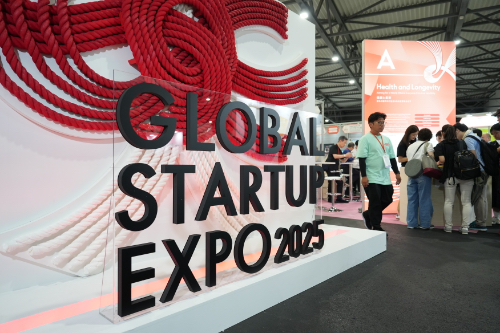


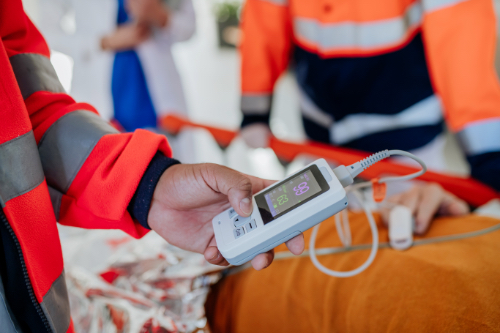



_bigthumbnail.png)
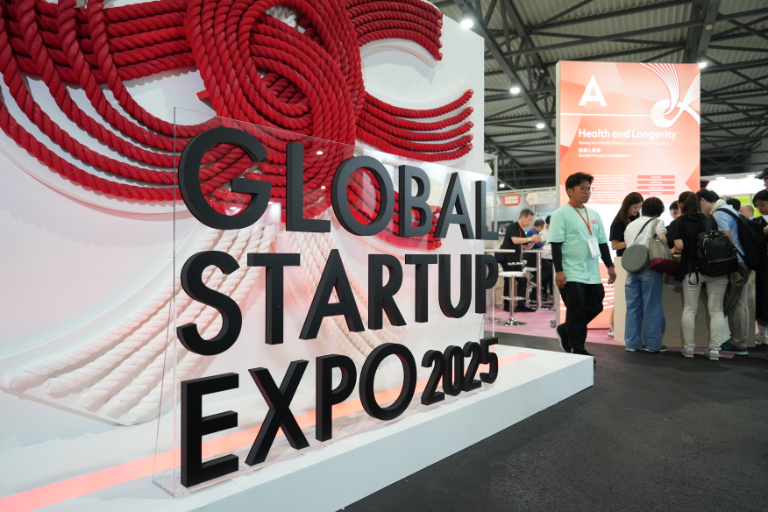



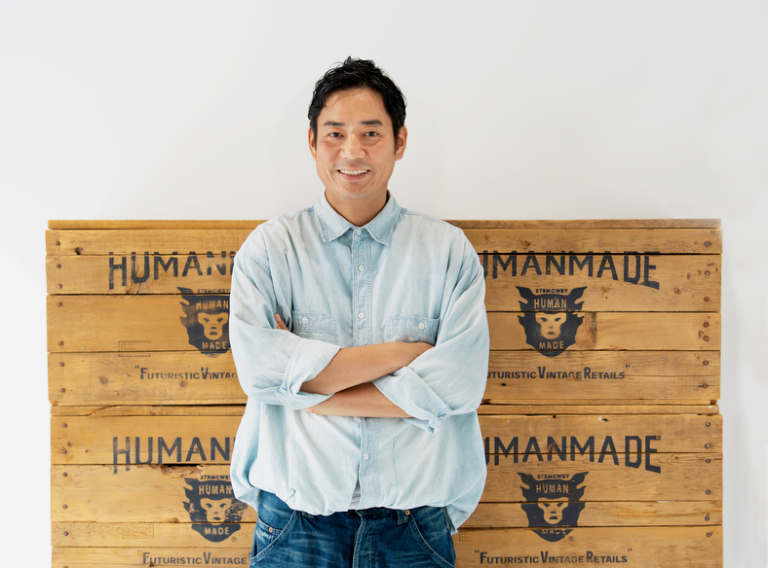


![[Interview] When digital and physical worlds meet](https://storage.googleapis.com/jstories-cms.appspot.com/images/1747974430456unnamed-2_smallthumbnail.png)
![[Interview] How Japanese musician Grover turned his passion of ‘sound’ into a health-tech startup](https://storage.googleapis.com/jstories-cms.appspot.com/images/1746181078493R7__1407_smallthumbnail.jpg)
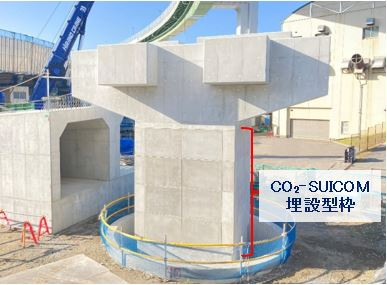


![[Podcast]How to build a successful startup community ー Interview with Tim Rowe at Cambridge Innovation Center (Part 2)](https://storage.googleapis.com/jstories-cms.appspot.com/images/1748493203370business-man-holding-light-bulb-social-network-2024-10-31-22-37-36-utc_smallthumbnail.jpg)


